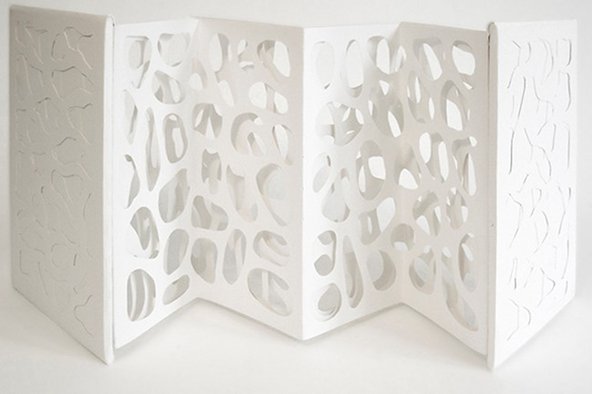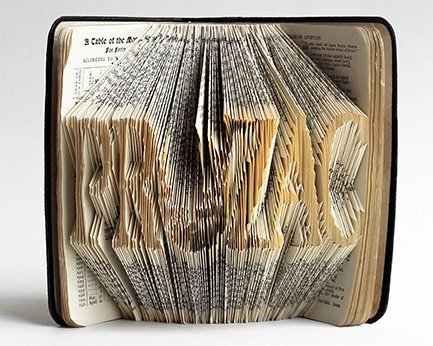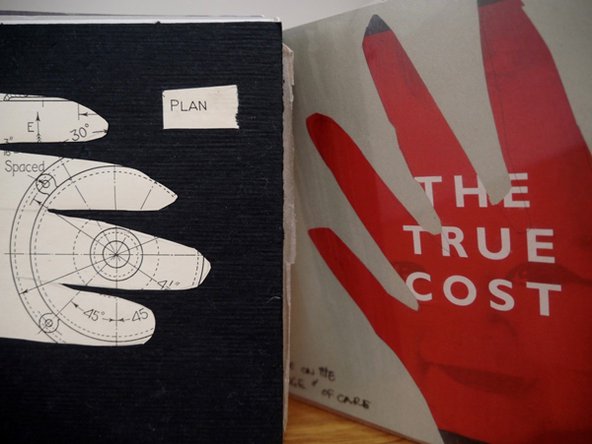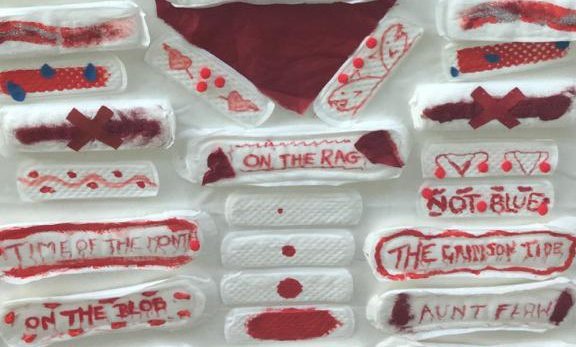How can artists' books communicate experiences of illness?
by Dr Stella Bolaki
18 Apr 2019
This blog post is part of our Summer Showcase series, celebrating our free festival of ideas for curious minds.
Creative outlets can be used to give visible and tangible form to personal experiences that are difficult to describe, understand or share. By helping people to communicate the complex dimensions of their lives in expressive and poignant ways, the arts can sustain meaning and creativity even when that life is limited by adversity or trauma. People today can communicate experiences of physical or mental illness through a variety of artistic means, including on social media. The Culture, Health and Wellbeing Alliance in the UK supports the idea that active involvement in creative activities and cultural engagement more broadly can provide a wide range of therapeutic benefits. Moreover, there is increasing recognition of the role narrative and the arts can play in educating health professionals.
Reflecting on personal experiences of illness and wellbeing
My research on innovative ways of representing lived experiences of illness began when I encountered Martha A. Hall’s books. From 1989, when she was diagnosed with breast cancer, until her death in 2003, Hall made books of diverse materials, sizes and constructions, produced in small editions or as one-of-a kind objects. Her creativity was important to her healing, but she also used her books to improve the ways medical professionals interact with their patients.
Martha A. Hall, I Make Books. Courtesy of the Maine Women Writers Collection, University of New England, Portland, Maine, United States.
Associated with independent publishing and the cultural revolution that started in the 1960s, the artist’s book represents a radical way of bringing art to the public. This art form is not widely known outside the communities of book artists, collectors, librarians and curators. Together with my colleagues, I sought to find out if contemporary artists make books that reflect on personal experiences of illness and wellbeing, like Hall. Through exhibitions and workshops, I wanted to give patients and health professionals the opportunity to experience artists’ books and bookmaking in practice. What is distinctive about the artist’s book as a form of creative self-exploration and communication?
People may not want to ‘touch’ the topics I explore in my books; yet the books invite handling, touching, interaction” – Martha Hall
Artists’ books as storytelling vehicles
The book as a form and idea has rich metaphorical associations. We talk of turning the page, or of starting a new chapter in our lives. It is therefore an evocative medium for documenting transitions such as illness, treatment and recovery, as well as long-term illness.

Most books are storytelling vehicles. The advantage of an artist’s book is that its text, images and other elements work together to make its message more palpable. An artist’s book captures through colour, texture and layout ideas and feelings that words alone are often inadequate to express. Creating narratives of illness that are visual and multisensory provides an intimate form of communication. Unlike a print on the wall, enclosed and safe between a book’s covers, a story can still be shared, but with one person at a time.

There are obvious parallels between stitches to bind a book and a body following surgery. Artists’ books can explore the book itself as body – either to display a condition more directly or to reignite a sense of wonder about our bodies.

The physical acts of cutting, folding, embossing and collaging can be cathartic. They can help the maker of a book to stay focused, meditate, or release painful emotions.

Although not all artists’ books about living with illness seek to educate health professionals, they can serve as powerful reminders that patients are much more than their body or diagnosis. Unlike the uniform medical record, the versatility of artists’ books emphasises the patient’s singularity. At the same time, the slow contemplation required when handling artists’ books becomes a metaphor for gentle care and an antidote to routine interactions that can turn healthcare professionals into automatons.
Reviving faith in human touch
Finally, the craft involved in making books can help health professionals to acquire dexterity skills that they increasingly lack in a digital world, and renew modern healthcare’s faith in human touch. One of our workshop participants who educates nursing students constructed a book of pages, each with an outline of an identical human hand, cut from different materials. The final few pages are stamped with progressively fading ink prints of her own hand. “Hands,” she told us, “are such an important part of nursing care”. The final pages of her book are emblematic of current nursing trends which put technology between carer and patient, thus reducing physical contact to a bare minimum.

The artist’s book communicates through myriad forms the essence of its content. Our research demonstrated not only the extraordinary variety of ways the book format can be reimagined, but also the diversity of creative expression that wellbeing and illness generate in contemporary culture. Engaging closely with these artists’ books transforms our understanding of how books, art, healing and health care can be interrelated.
Dr Stella Bolaki is Reader in American Literature and Medical Humanities in the School of English at the University of Kent. She is the author of Illness as Many Narratives: Arts, Medicine and Culture. She was awarded a BA/Leverhulme Small Research Grant in 2016-17 for her project Women’s Writing and Health: The Material Power of Artists’ Books. Keep up to date with the project on @ArtistsBooks1.



